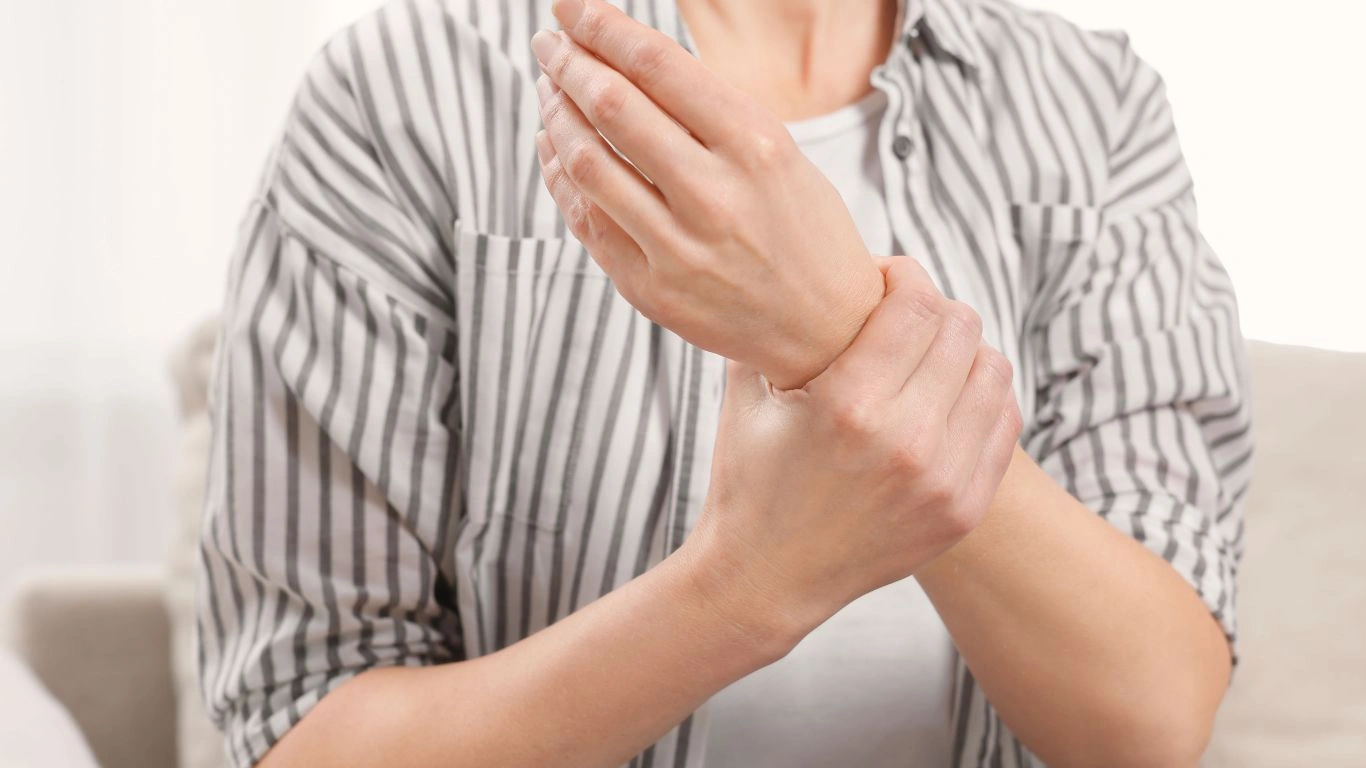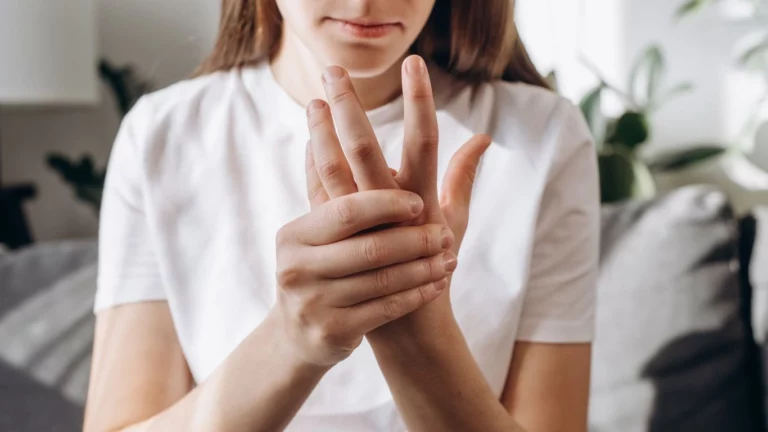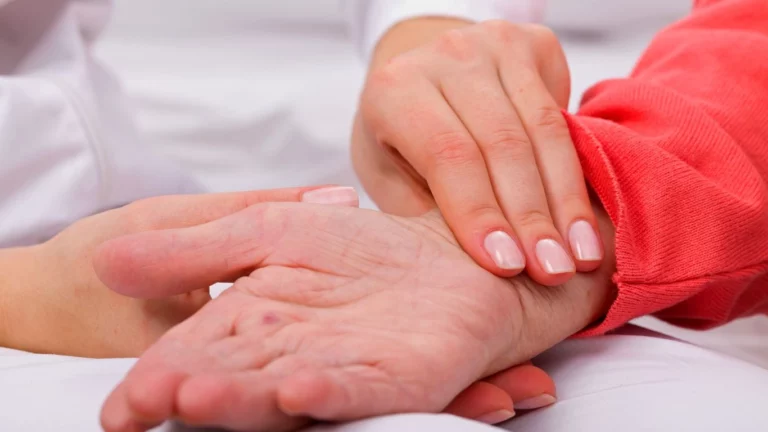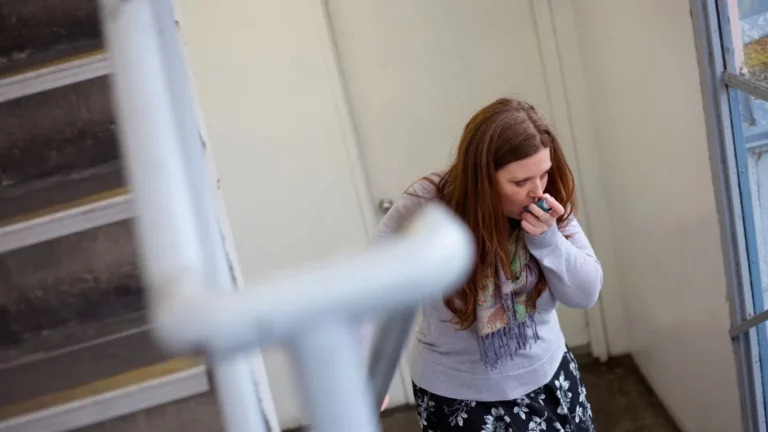How to Prevent Flare-Ups During Winter: Essential Tips for Relief
Let’s talk about something every rheumatology patient—and let’s be real, every rheumatology *provider*—dreads as soon as the temperatures start to dip: how to prevent flare-ups during winter. I can’t count the number of patients who tell me their joints feel like they’ve aged a decade overnight once cold weather hits. As a rheumatology nurse practitioner, I’ve had plenty of bedside conversations around this topic, and believe me, I’ve picked up a few tips over the years—not just from medical textbooks, but from real people navigating chronic illness through frigid months.
Why Cold Weather Triggers Flares
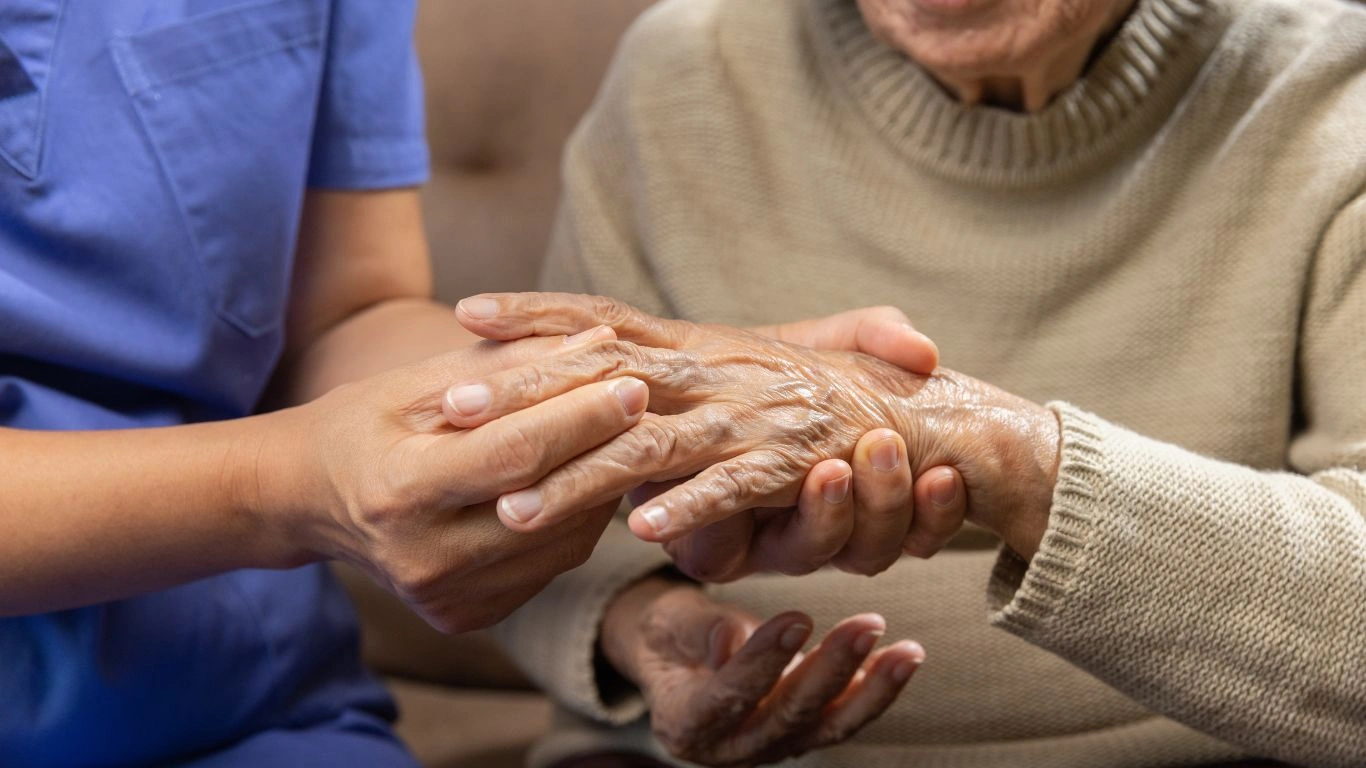
It’s not your imagination. Cold, damp air really can make your joints feel tighter, stiffer, and more painful. But the big question is: why?
Barometric Pressure Plays a Sneaky Role
Ever notice that stormy weather makes your joints ache? That’s the barometric pressure dropping. When it decreases, tissues around your joints can expand slightly, leading to increased pain. It’s a subtle shift, but for folks with conditions like rheumatoid arthritis, lupus, or psoriatic arthritis, that little change can mean a big difference in comfort level.
Reduced Activity Equals Stiffness
Let’s be honest—we’re all a little more sluggish in the winter. Less movement means less circulation, and that alone can cause joints to stiffen. I always tell my patients, “Motion is lotion.” It sounds cheesy, but it’s true. When you stop moving, your joints take that personally.
Cold Muscles = Tight Muscles
Temperature changes can cause muscles to contract and tense up, which puts more pressure on inflamed joints. I’ve even had patients who swear their hands practically curl up like claws when their fingers get too cold. The science backs it up—your body’s natural response to cold is muscle constriction, and for people already dealing with inflammation, that’s a recipe for discomfort.
Layer Up Your Lifestyle: Dressing for Joint Health

Now, I’m not about to suggest that layering up is some magic cure—but it does help. When your joints are warm, they’re happier. Period.
Thermal Gloves and Heated Gear
One of the best tips I’ve shared (and personally tested!) is investing in heated gloves and socks. They can be a game-changer for keeping hands and feet mobile during colder months. Some of my patients even use rechargeable heat wraps on knees and shoulders.
- Look for battery-powered heated gloves with temperature control.
- Compression gloves with copper lining can also provide dual benefits: warmth and light support.
- Wool socks > cotton socks. Wool retains heat even when it gets a little damp.
Layer Strategically
We’re talking cozy without the bulk. Layers help trap heat, and you can always peel them off if you get too warm indoors. I tell my patients to aim for breathable base layers like moisture-wicking thermals, then add fleece or down over that.
- Start with a thermal undershirt or base layer that hugs the skin.
- Add a middle layer like a fleece or lightweight hoodie.
- Top it off with a windproof, waterproof coat if you’re headed outside.
Stay Moving—Even If You’re Not Feeling It
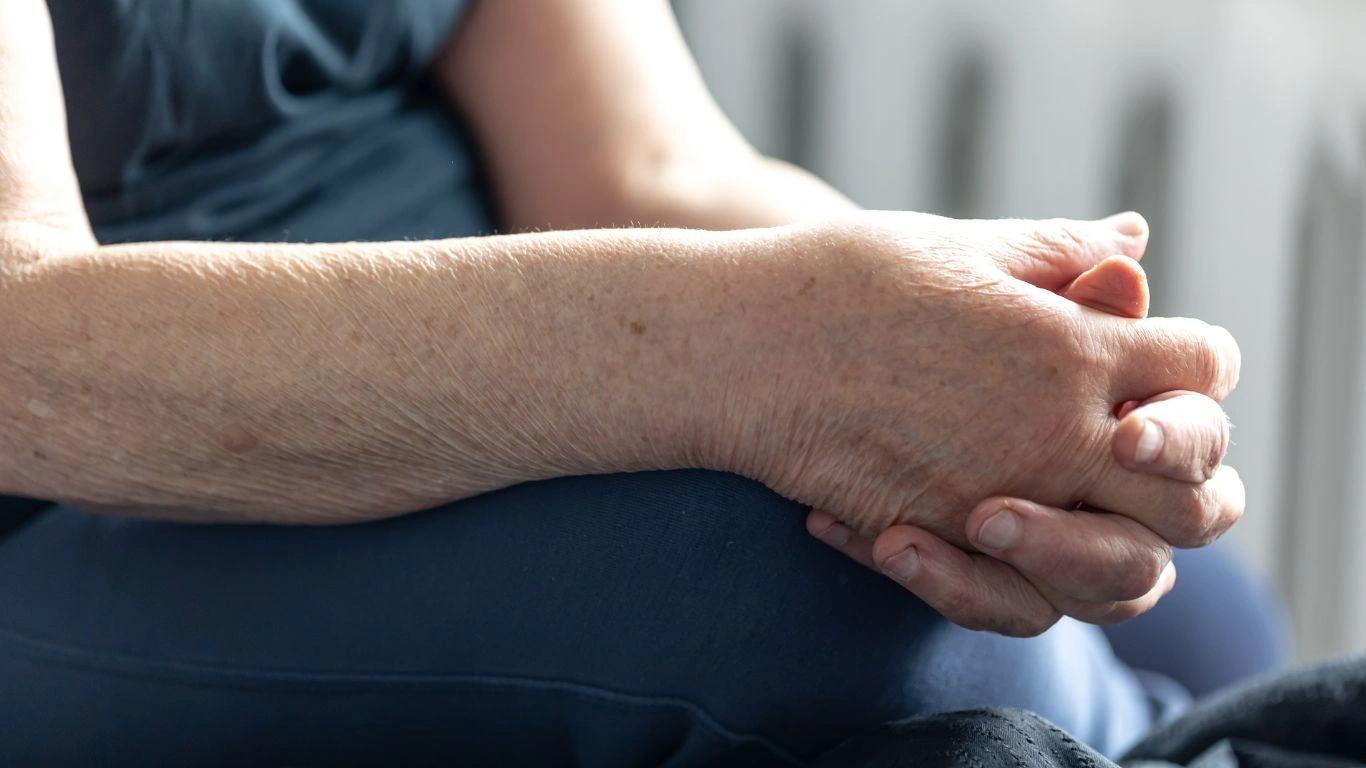
It’s tempting to cozy up under a blanket all day—and trust me, I love a good Netflix binge as much as anyone. But when it comes to preventing flare-ups during winter, movement is essential. Even light stretching or walking can improve circulation and joint flexibility.
Gentle Routines That Work in Cold Weather
You don’t need to break a sweat. Just get the blood flowing.
- Chair yoga: Perfect for those flare-up days when you’re not mobile.
- Indoor walking: Malls, grocery stores, or just laps around the living room—whatever works.
- Stretch before bed and when you wake up: It helps reset tight muscles and joints.
Set Reminders to Move
Sometimes we just forget. Life gets busy, or the cold gets too cozy. Set alarms to stretch every hour, or use fitness apps that give gentle nudges. A lot of my patients like using smartwatch reminders or setting timers on Alexa or Google devices.
So while we can’t control the seasons, we can absolutely control how we prepare for them. Winter doesn’t have to mean surrendering to flare-ups—it just means being a little more intentional about your routines and habits.
Food as Fuel: Anti-Inflammatory Eating Habits That Matter
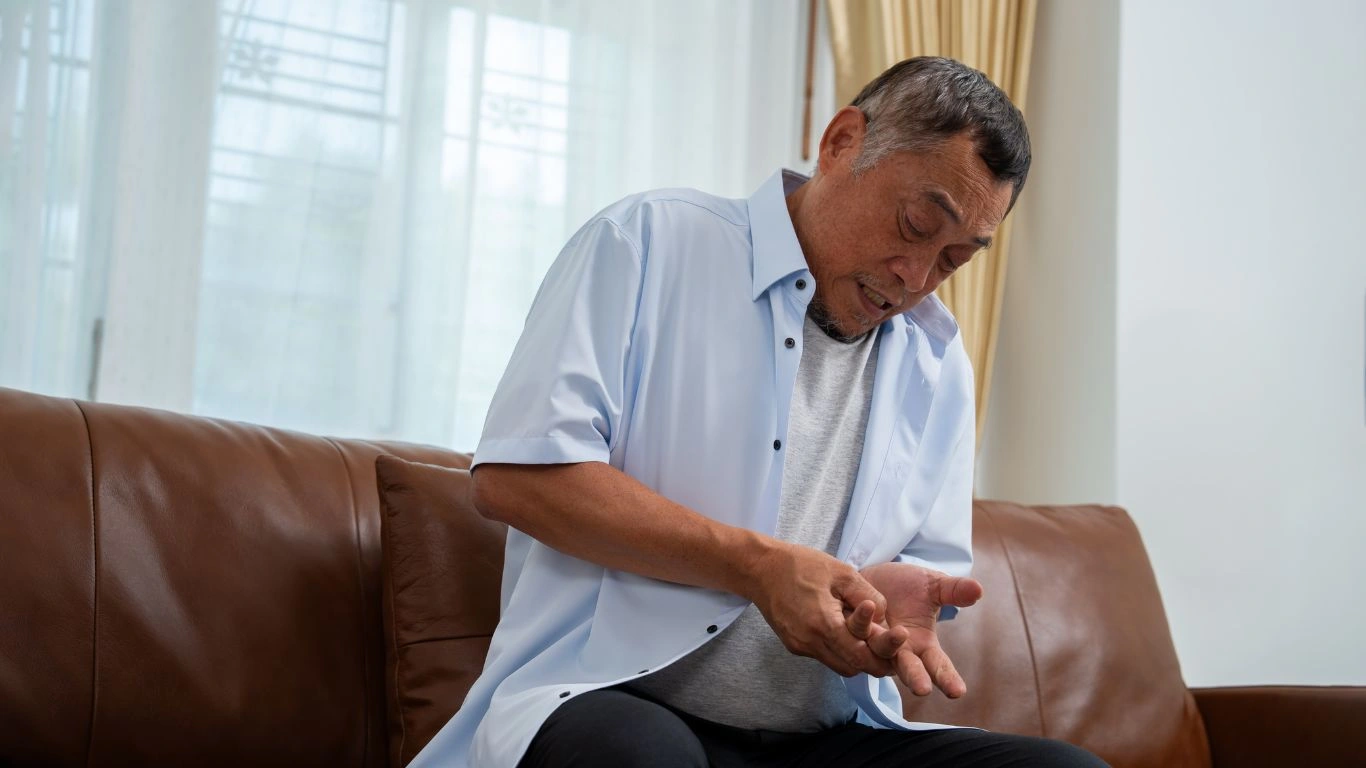
Let’s dive into one of the most overlooked tools for managing winter flare-ups: your plate. Now, I’m not saying you need to go full-on health nut and give up all your favorites (believe me, I’m still a sucker for warm cinnamon rolls on a snow day), but being mindful about what you eat really does make a difference.
Eat More of the Good Stuff
Think color. Bright fruits, dark leafy greens, fatty fish—these are your winter flare-up warriors. I often remind my patients that the more colorful your plate, the more likely you’re giving your body the nutrients it craves to calm inflammation.
- Salmon, mackerel, and sardines: Rich in omega-3s, which are proven to reduce inflammation.
- Berries: Blueberries, raspberries, and strawberries are packed with antioxidants.
- Spinach, kale, and Swiss chard: Full of vitamins A and K—great for immune support.
- Turmeric and ginger: Natural anti-inflammatories. Try adding them to teas or soups.
Things to Go Easy On
We all have those comfort foods we reach for when it’s freezing outside. But too much processed sugar, salt, or red meat can really stir up inflammation. I always tell folks: moderation is your best friend.
- Cut back on processed snacks like chips and packaged baked goods.
- Limit soda and sugary drinks—opt for herbal teas instead.
- Watch the sodium in canned soups (or make your own with low-sodium broth).
Small shifts in your diet can lead to big results in how your body responds to winter stress. And bonus—it helps your energy, mood, and sleep too!
Hydration Still Counts (Yes, Even When It’s Cold)
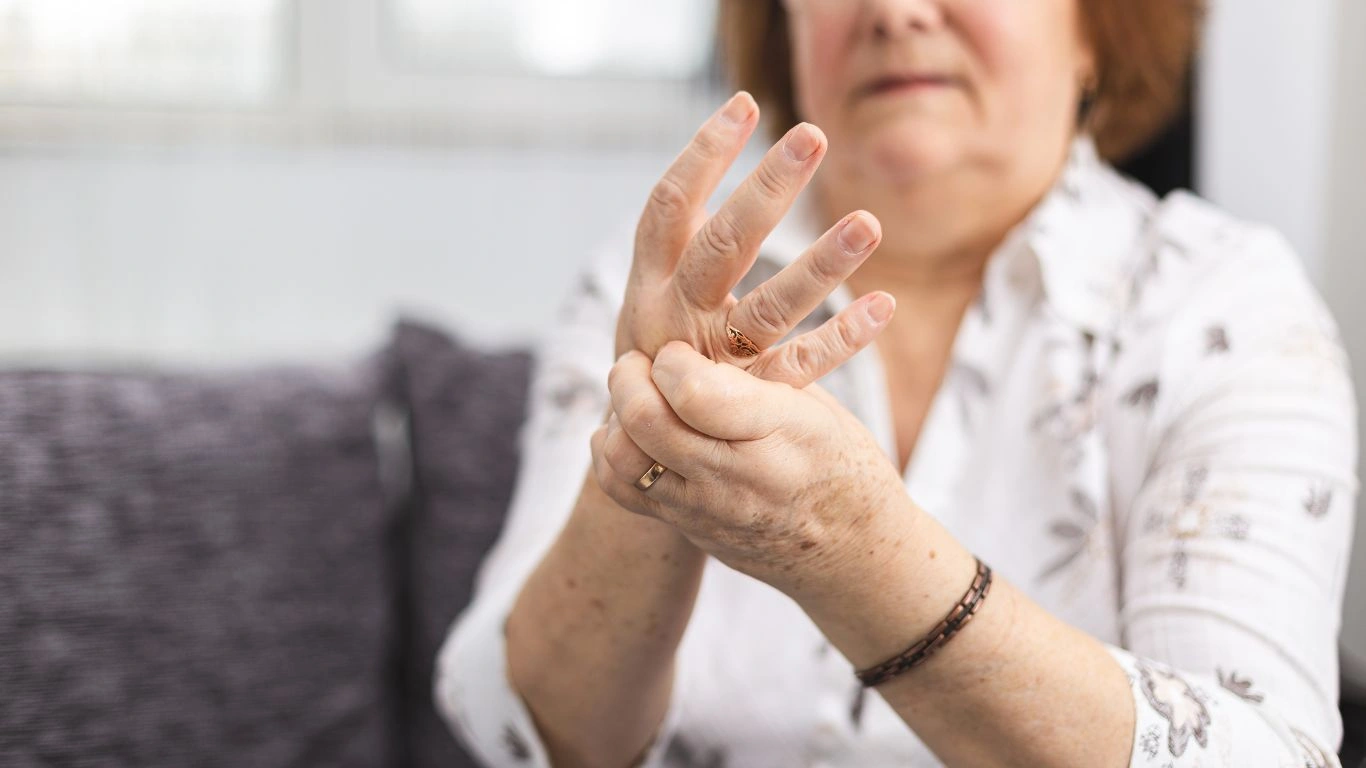
This one surprises people all the time. “But I’m not sweating, why do I need to hydrate?” Trust me, your joints still need that fluid. In fact, heated indoor environments can dry you out without you even realizing it.
How Dehydration Impacts Flare-Ups
Your synovial fluid—the stuff that keeps your joints moving smoothly—relies heavily on good hydration. When you’re not drinking enough, that fluid becomes less effective, and your joints can feel more stiff and creaky. I’ve had patients improve their flare frequency just by increasing their daily water intake. It’s not a magic fix, but it sure helps.
Tips to Stay on Track with Water
- Keep a water bottle nearby—even better if it has time markers to remind you.
- Set phone reminders to drink a few sips every hour.
- Add lemon, cucumber, or mint to make it more enjoyable.
- Include herbal teas—they count toward your water goal too!
I usually aim for 6–8 glasses a day, but some folks need more depending on meds or how dry their home environment is. Pay attention to your body!
Don’t Sleep on Sleep: Recovery Happens at Night

Let’s talk sleep—because it’s way more important than most people realize when it comes to how to prevent flare-ups during winter. Your body does most of its repair and inflammation control while you sleep. And if your sleep is constantly disrupted, well… your joints notice.
Winter Can Wreck Sleep—Here’s How to Fight Back
Between longer nights, dry air, and erratic room temps, winter sleep isn’t always as cozy as it sounds. Here are a few tricks that’ve worked for my patients—and me, honestly:
- Stick to a sleep schedule, even on weekends. Your body loves routine.
- Keep your bedroom cool, but not cold. Around 65°F (18°C) tends to be ideal.
- Use a humidifier—dry winter air can cause nasal dryness and even joint discomfort.
- Weighted blankets can help with restlessness and anxiety, which are common with chronic pain.
Natural Sleep Boosters
If meds or pain keep you tossing and turning, talk with your provider (or if you’re one of mine, you already know we troubleshoot this a lot). Natural options like magnesium glycinate, melatonin, or nighttime stretches might be part of your toolkit. Just always double-check with your rheumatology provider before starting anything new.
And here’s the truth: protecting your rest is one of the most powerful (and free!) ways to support your immune system and reduce inflammation. Never underestimate the power of quality ZZZs.
Stress Management: A Hidden Key to Preventing Winter Flare-Ups

By the time winter rolls around, a lot of us are juggling more stress than usual—holiday pressures, shorter daylight hours, and sometimes just the emotional weight of cold, gray days. And from my experience working closely with patients, stress isn’t just an emotional burden—it has a real physical impact on inflammation and flare-ups.
The Science Behind Stress and Inflammation
When your body perceives stress, it releases hormones like cortisol. In the short term, this is helpful, but chronic stress keeps your immune system on high alert. That constant “fight or flight” state can worsen autoimmune activity, triggering or prolonging flare-ups. I always remind my patients that managing stress isn’t a luxury—it’s a vital part of their treatment plan.
Simple Stress-Busting Techniques That Really Work
Over the years, I’ve seen a few go-to strategies consistently help folks manage their flare risks:
- Mindfulness and deep breathing: Even five minutes a day can reduce cortisol levels and calm your nervous system.
- Gentle movement: Yoga, tai chi, or even a short walk can help release tension and improve mood.
- Journaling: Writing about your feelings or tracking symptoms helps many patients identify flare triggers and patterns.
- Connecting with others: Social support—whether from family, friends, or support groups—can buffer stress’s effects on your body.
I always encourage patients to experiment and find what resonates with them. Sometimes, it’s as simple as putting on calming music or lighting a favorite candle.
Medication Management During Winter Months

As someone who’s spent years helping patients navigate complex treatment plans, I can’t stress enough how crucial it is to stick with your medications, especially in winter. Flare-ups often happen because folks unknowingly let their meds slide when symptoms aren’t obvious, or when they feel “fine.”
Keep Communication Open With Your Healthcare Team
Never hesitate to reach out to your rheumatologist or nurse practitioner if you notice changes or new symptoms. I’ve had patients call me on chilly mornings feeling stiff and worried—and catching those signs early often means preventing a full-blown flare.
Winter-Specific Medication Tips
- Check your medication storage: Some biologics or DMARDs need to be kept at certain temperatures, so make sure they’re stored properly to maintain effectiveness.
- Set reminders: Shorter days and disrupted routines can make it easy to forget doses. Phone alarms or pill organizers can be lifesavers.
- Watch for side effects: Cold weather can sometimes amplify side effects like dry skin or chills, so report anything unusual promptly.
Remember, your treatment plan is a partnership, not a one-way street. Keeping up with appointments and sharing honestly about your winter symptoms can help your provider adjust therapies before flare-ups take hold.
Practical Tips for Your Home Environment
Winter is the season we spend most of our time indoors, so setting up a joint-friendly living space can make a huge difference in preventing flare-ups.
Optimize Your Home for Warmth and Comfort
- Use space heaters or electric blankets: Just be mindful of safety and don’t overheat.
- Keep humidity levels balanced: Dry air can worsen joint discomfort—humidifiers add moisture to the air and soothe irritated tissues.
- Arrange your furniture: Make sure frequently used items are within easy reach to avoid unnecessary strain.
- Keep your walking paths clear: Avoid clutter to prevent slips or falls, which can be more dangerous when joints are stiff or painful.
Create a Soothing Routine
Incorporate warmth and relaxation into your daily habits. Warm baths with Epsom salts, heating pads, or gentle massage can relax muscles and ease joint pain. These little rituals can become something you actually look forward to, making winter more bearable.
References
Disclaimer
This article is intended for informational purposes only and does not replace professional medical advice, diagnosis, or treatment. Always consult your healthcare provider regarding any questions you may have about your medical condition or treatment plan. Individual results may vary.

Tarra Nugroho is a dedicated Nurse Practitioner with a strong foundation in family and preventive care. She brings both compassion and clinical expertise to her practice, focusing on patient-centered care and health education. As a contributor to Healthusias.com, Tarra translates medical knowledge into clear, empowering articles on topics like women’s health, chronic disease management, and lifestyle medicine. Her mission is simple: help people feel seen, heard, and informed—both in the clinic and through the content she creates. When she’s not caring for patients, Tarra enjoys weekend hikes, plant-based cooking, and curling up with a good health podcast.
